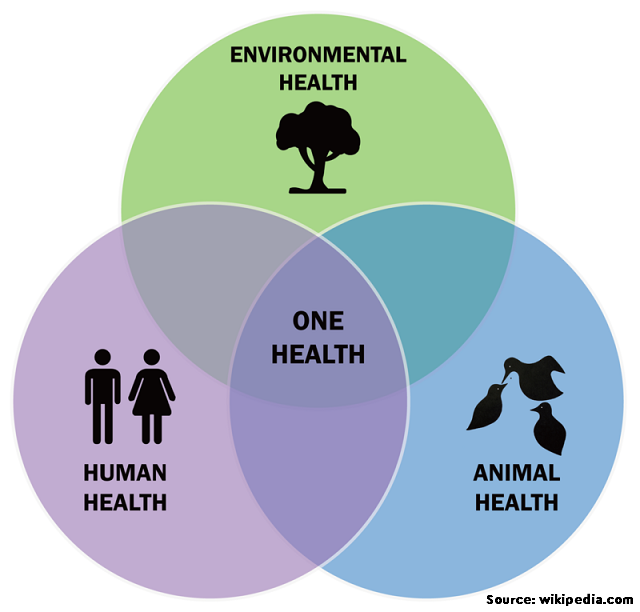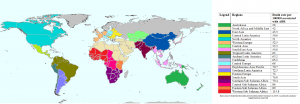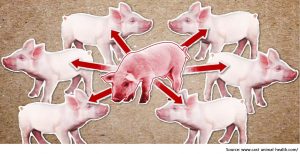It is well known now that the non-prudent use of antimicrobials in animals has contributed drastically to the development of antimicrobial resistance (AMR) in humans. For instance, the statistics from the United States and Europe indicate that around 70% of antimicrobials are sold for use in food animals. However, the situation is more worrisome in developing countries where there is a lack of real data. The current article focuses and emphasizes different aspects related to the problem and suggests an urgent need of incorporating ‘One Health’ – a multisectoral approach as a possible solution.
The article explains the interrelation between the usage of antimicrobial in food animals and AMR. Antimicrobials are used a prophylactic, therapeutic, metaphylactic measures as well as growth promoters. The exertion of selection pressure on microbes due to excessive use of antimicrobials is the primary driver for the evolution of resistant genes. Thus, it is suggested that improved management of animals to prevent diseases is more effective than using antimicrobials as growth promoters. Further, the role of poor sanitation, organic fertilizers, and industrial wastes has been highlighted as a key factor leading to the emergence of environmental resistome. In this regard, scientific reports have highlighted the need for better surveillance systems to address the impact. Finally, the impact and need for tripartite collaboration among the World Organization for Animal Health (OIE), WHO, and FAO to address these challenges are discussed. Sadly, the incorporation of the ‘One Health’ approach is constrained by a lack of resources and funding in most of the developing countries. Therefore, it is suggested that the combined efforts by regulatory bodies, animal health practitioners, food producers can act as an inter-sectoral collaboration to restrict inappropriate antimicrobials use in animals.
To learn more, please visit the website of BMC (Link)







